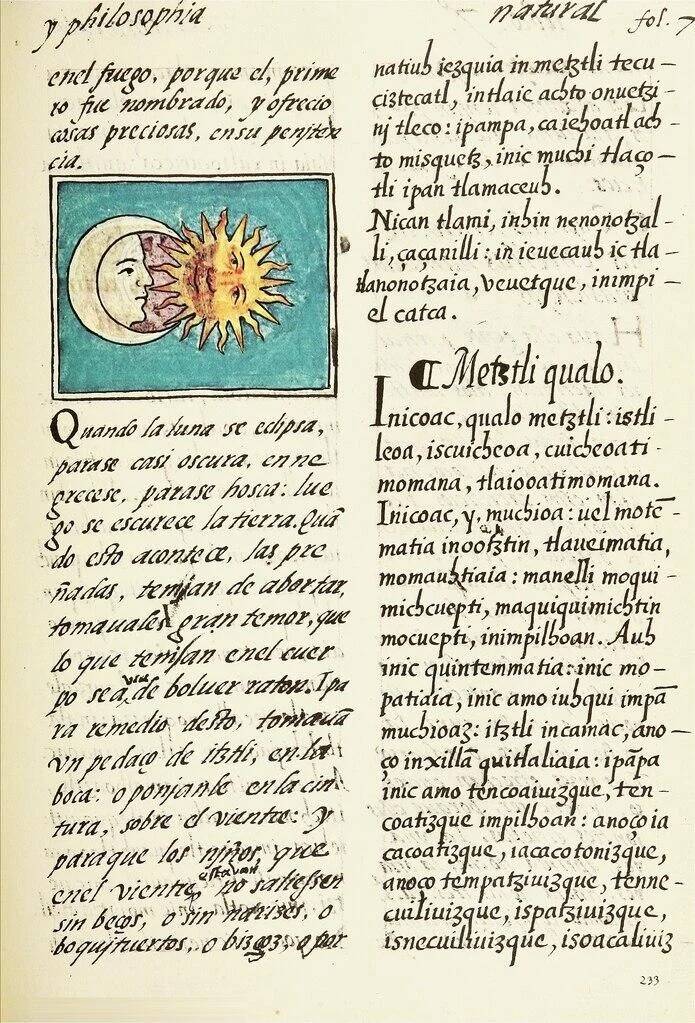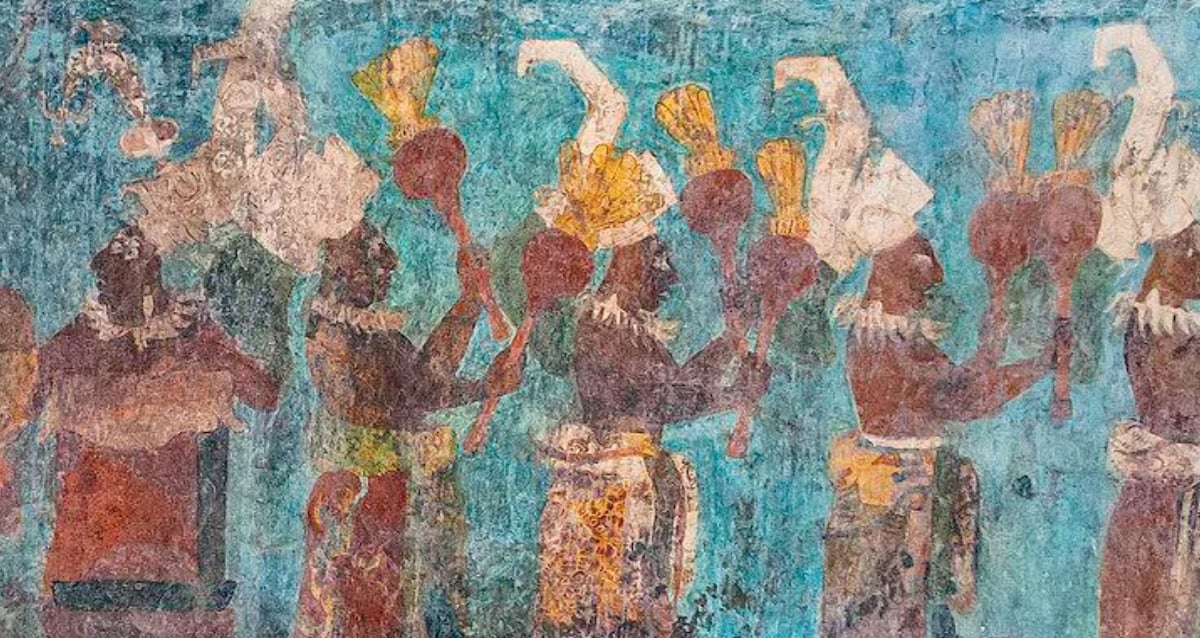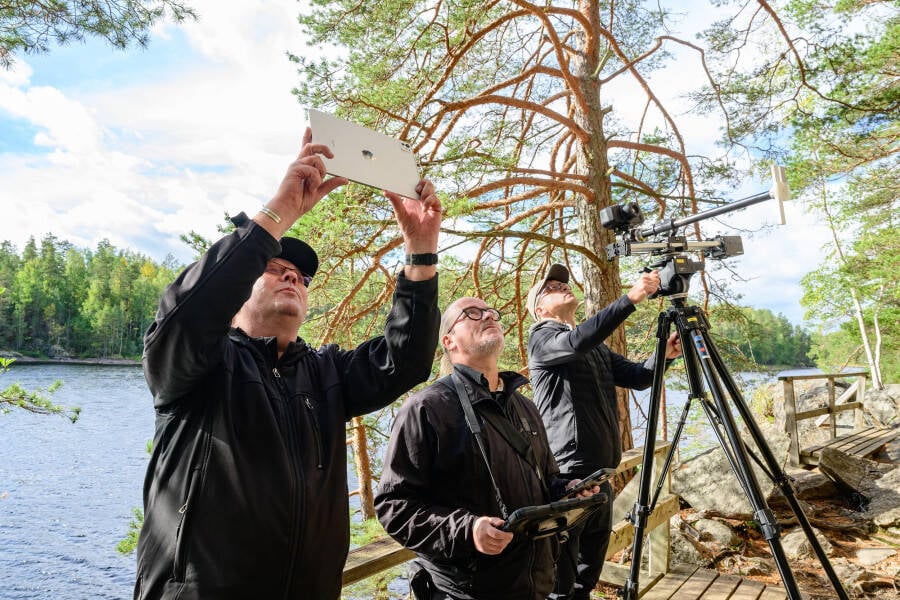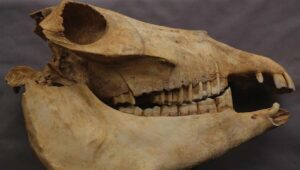Scientists Crack the Ancient Mystery Behind the Mesmerizing ‘Maya Blue’ Pigment—And the Secrets Are Stunning
Eventually, Arnold and his team re-examined a Maya bowl that had been sitting at the Field Museum in Chicago for decades, ever since it, numerous other artifacts, and 127 skeletons were uncovered by explorer Edward Thompson in the early 20th century. Thompson had found the artifacts at the bottom of a well in Chichén Itzá, where he also found a 14-foot-layer of blue sediment. Suddenly, with help from these relics, Arnold was able to recreate the color.
How This Fabled Pigment Is Made: Reproducing Maya Blue In The Modern Age
While the exact details of Arnold’s 2008 study are not widely published, his work contributed significantly to understanding how the Maya might have made Maya blue.
Arnold’s initial research focused on the interplay between organic and inorganic materials in the creation of Maya blue. He explored the hypothesis that the Maya used a combination of indigo dye and palygorskite clay, subjected to specific heating processes, to produce the pigment. This approach of Arnold’s aimed to replicate the conditions and materials available to the ancient Maya, and revealed a missing component: copal, a tree resin that was used by the Maya as an incense.
It was a major breakthrough in unlocking the secrets of creating Maya blue, a process that had been sacred to the ancient civilization, known only to priests.
Then, 17 years later, Arnold presented a second method for creating Maya blue, based on evidence that he and his team found in 12 ceramic bowls also excavated at Chichén Itzá. Arnold noticed a white residue inside the bowls that he believed was left by wet-ground clay. The bowls also had small cracks that were seemingly caused by grinding tools.

Wikimedia CommonsMaya blue used in the Florentine Codex, a 16th-century study of life in Mesoamerica written by a Spanish friar.
These cracks trapped the clay residue and allowed for microscopic analysis, which revealed charred bits of plant stems, a missing ingredient that went undiscovered until now, as well as signs that the bowl had been heated below. This new evidence suggested that the Maya used local materials, basic tools, and fire to produce Maya blue.
“Consequently, the observations of these bowls provide evidence that the ancient Maya used this method as a second way to create Maya blue,” Arnold said during his 2025 presentation.
That said, the full formula remains elusive. Arnold’s work has helped to solve many of the mysteries surrounding Maya blue, but future research, which Arnold plans to conduct, will help to determine the exact plant species used in the dye.
Even after decades of study, much about the fabled Maya blue continues to remain mysterious.
After reading about the history of Maya blue, learn about the history of El Castillo, the ancient Maya temple that towers over Chichén Itzá. Then, read about Camazotz, the ancient Maya “Death Bat” that serves the lords of the underworld.


















